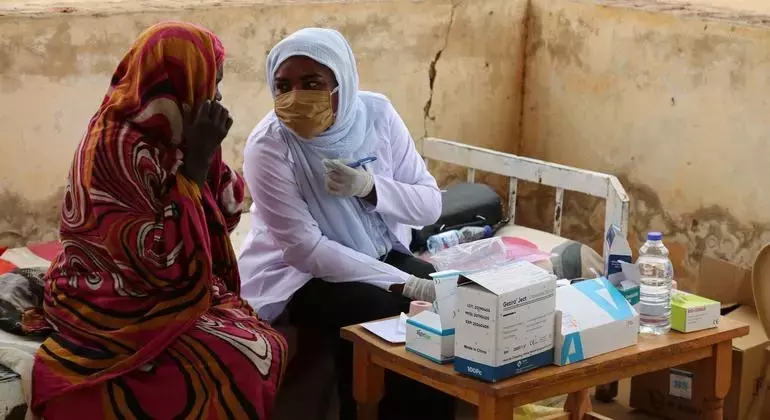The World Food Programme (WFP) has intensified its humanitarian response in Sudan's conflict-torn areas, particularly in Darfur, where the specter of widespread famine looms large. Despite the challenges, the agency has made significant strides in delivering vital food assistance to those in dire need, offering a glimmer of hope in the face of adversity.
Restoring Nourishment and Resilience in Darfur
Since the reopening of the Adre border in August, the WFP has successfully delivered food aid to an impressive 360,000 individuals in Darfur. This remarkable achievement is a testament to the organization's unwavering commitment to addressing the region's pressing humanitarian crisis.In the areas of Kerenik and Sirba, which are at risk of famine, the WFP has completed distributions for over 200,000 people, providing them with the sustenance they desperately need. Additionally, the agency is scaling up its efforts to reach 180,000 individuals in Zamzam, near the capital of North Darfur, El Fasher, with monthly food packages.The situation remains critical, with nearly 70,000 people in Zamzam having received assistance so far. However, the WFP's tireless efforts have made a tangible difference, reaching over 6 million people across Sudan this year, including more than half a million vulnerable individuals in the greater Khartoum area.Overcoming Obstacles and Restoring Food Security
Despite these remarkable achievements, the challenges facing the region remain formidable. Early indications suggest that food security has seen little improvement, as historic flooding across Sudan has destroyed crops, and ongoing conflict has made it difficult for farmers to plant, cultivate, and harvest their fields.The WFP's Deputy UN Spokesperson, Farhan Haq, emphasized the gravity of the situation, stating that "early indications show little improvement in food security as historic flooding across Sudan destroyed crops and ongoing conflict made it difficult for farmers to plant, cultivate and now harvest."Addressing the Humanitarian Crisis in Darfur
The humanitarian situation in Darfur remains critical, with the WFP's efforts serving as a lifeline for those in desperate need. The agency's successful delivery of food assistance to 360,000 people in the region since the reopening of the Adre border is a testament to its unwavering commitment to alleviating the suffering of the Sudanese people.However, the task at hand is far from over. The WFP must continue to scale up its operations, reaching even more individuals in the areas at risk of famine, such as Kerenik, Sirba, and Zamzam. By providing monthly food packages and other essential aid, the organization can help restore a sense of stability and hope in these conflict-ravaged communities.Fostering Sustainable Solutions and Long-Term Resilience
Beyond the immediate provision of food aid, the WFP's efforts must also focus on fostering sustainable solutions and building long-term resilience within the affected communities. This may involve initiatives to support local agriculture, improve infrastructure, and empower communities to become self-sufficient in the face of future crises.By addressing the root causes of food insecurity and empowering the Sudanese people to become more resilient, the WFP can help break the cycle of conflict and famine that has plagued the region for far too long. This holistic approach, combining emergency relief with long-term development strategies, will be crucial in restoring hope and securing a brighter future for the people of Sudan.
